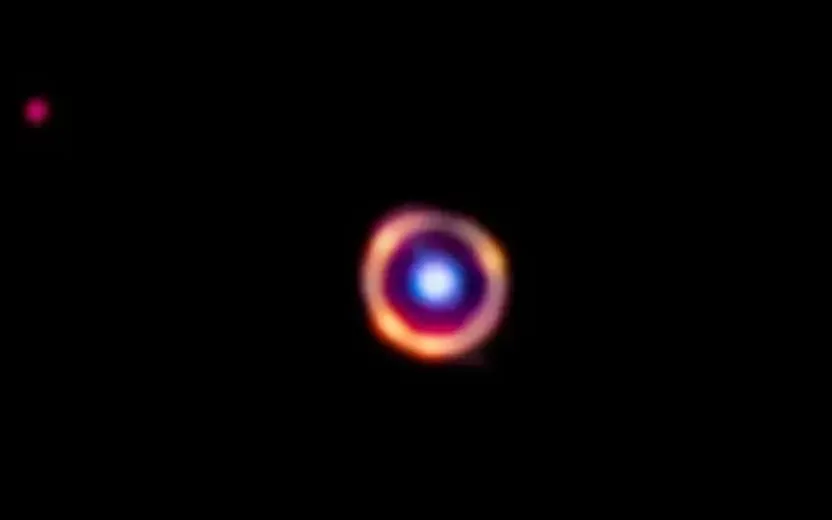James Webb Telescope discovers oldest organic molecules in history
The discovery of the oldest complex organic molecules in the universe has been made by astronomers from Texas A&M University using NASA’s James Webb Space Telescope (JWST). The carbon-based chemicals, known as polycyclic aromatic hydrocarbons (PAHs), were detected in an early galaxy that emerged when the universe was just 10% of its present age. This groundbreaking study sheds new light on the origins of organic matter in the cosmos.
Unlike simple compounds like water or carbon dioxide, certain molecules are large and complex, containing tens or even hundreds of atoms. These PAHs, similar to those found in Earth’s smoke, soot, oil, coal deposits, and smog, are usually associated with tiny dust particles in space. The study’s lead author, Justin Spilker, was excited, noting that the discovery demonstrates the universe’s remarkable ability to produce complex particles so soon after the Big Bang.
Detecting these particles in galaxies born in the infancy of the universe has been a challenging task due to the limited sensitivity and wavelength observation capabilities of previous telescopes. However, the advanced JWST has revolutionized this field of study. Spilker and his team have successfully detected ancient organic molecules in a galaxy called SPT0418-47, located more than 12 billion light-years from Earth. This ground-breaking discovery pushes the previous record back nearly a billion years.
The discovery was made possible by using gravitational lensing, a phenomenon in which the fabric of space-time is warped by the gravitational pull of massive objects. This distortion acts like a magnifying glass, allowing astronomers to study distant celestial bodies in greater detail. In this case, the lensing effect allowed JWST to probe a distant galaxy and determine the presence of complex organic molecules in it.
Compared to the intensive observing time required by previous telescopes, Spilker explained that JWST only needs an hour to achieve these impressive results. In addition, the telescope’s exceptional resolution has provided insight into the specific distribution of these particles in the galaxy, revealing non-uniform patterns that are not yet fully understood.
The findings have important implications for our understanding of galaxy formation and the role of complex organic molecules. Contrary to previous assumptions linking these particles to star formation, the study found cases of regions with abundant particles but no star formation, as well as regions where stars are active without these complex compounds. This discovery challenges traditional theories and raises interesting questions for future research.
Despite JWST’s remarkable success in this research, Spilker has expressed concern about the telescope’s Medium Infrared Instrument (MIRI), which appears to be experiencing performance issues. NASA engineers are currently investigating the problem, but if it persists, it could hinder future studies of this type.




